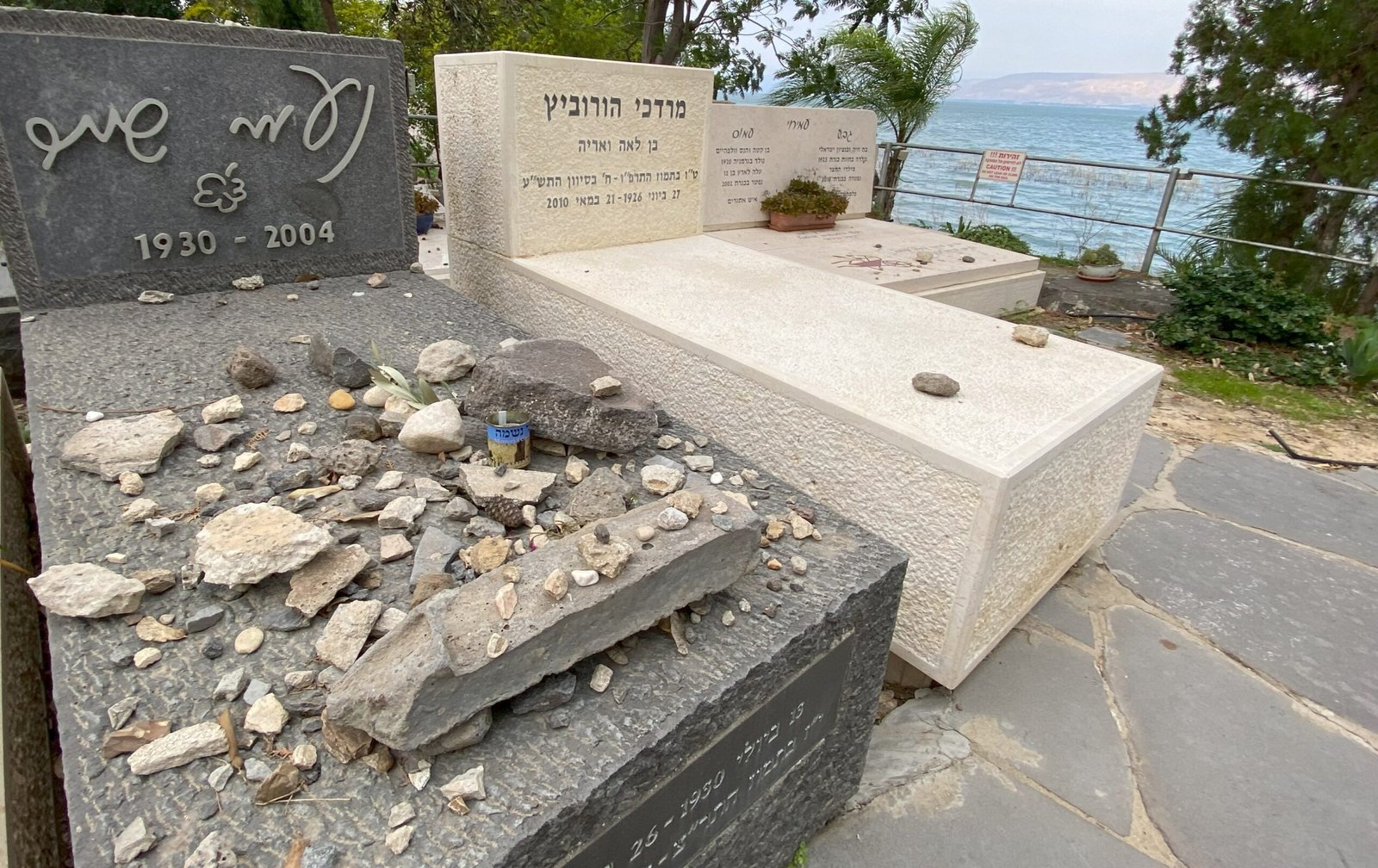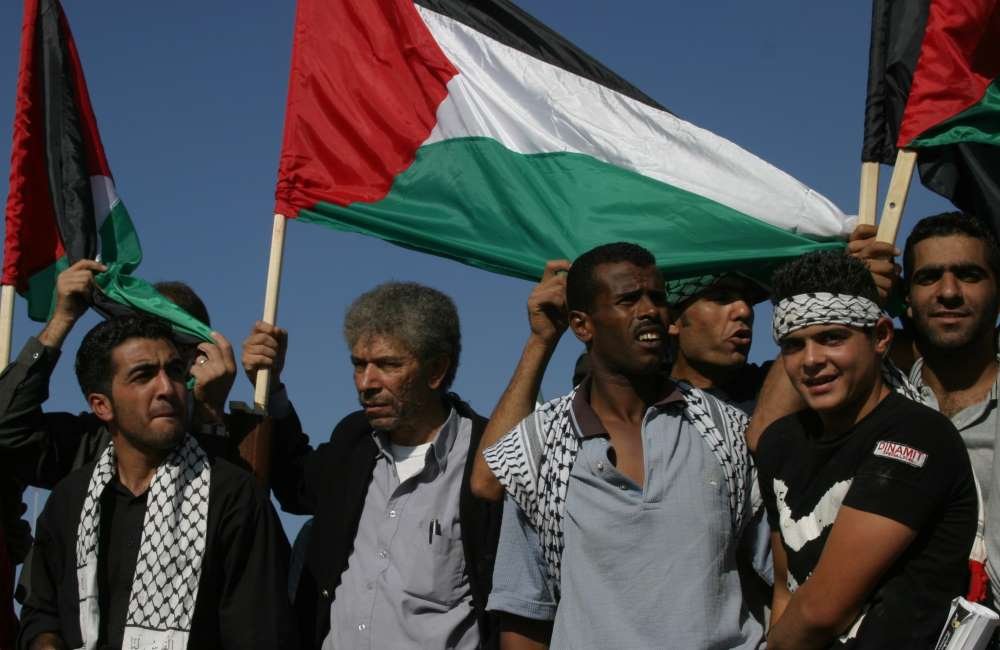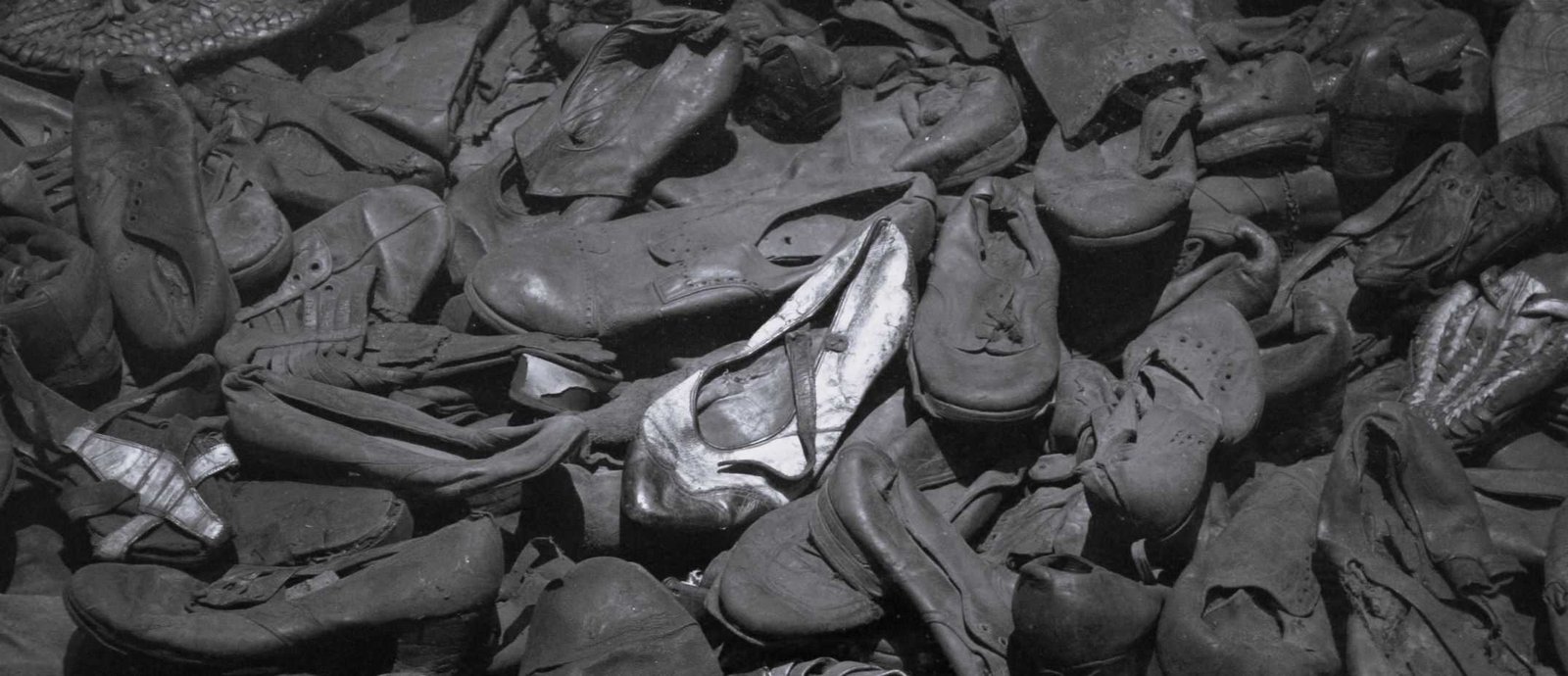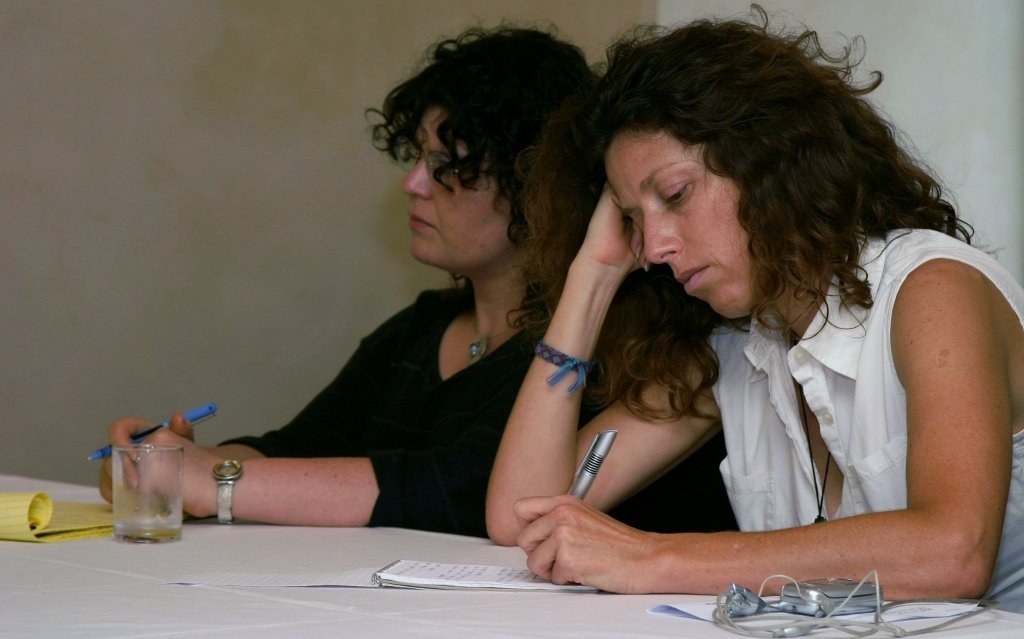Share This Story, Choose Your Platform!
On the evening of the 14th of Adar – this year the evening of the 24th of March – begins in Israel the Feast of Purim, which for outsiders looks something like a “Jewish carnival”. It is certainly one of the most colorful, merriest, and perhaps the most boisterous of all Jewish feasts. At the Purim festival Jews celebrate the downfall of Haman, the Persian chancellor who had plotted to destroy the Jewish people. These events are related in the biblical book of Esther.
According to Esther 9:20-28, Purim was appointed by Mordecai. For this reason, it was known in the second century before Christ as the “day of Mordecai” (2 Maccabees 15:36). The name “Purim” which is used today stems from the Accadic word for “lot”, “puru” (Esther 9:26) and commemorates the lot which Haman drew in order to determine the day on which the genocide was to take place (Esther 3:7).
In the course of the centuries Purim became a victory celebration over all forms of antisemitism. The boisterous joy and the costumes are supposed to indicate a sort of “thumbs down” which the Jewish people extend to all their enemies and every vain attempt to annihilate them.
The centrepiece of Purim is the reading of the “Esther scroll”, the biblical book of Esther, in the synagogue on the eve of the Purim Feast. When the name “Haman” is mentioned, the children – and not only the children – make as much noise as possible, in order to “wipe out the name of Amalek” (see Deutoronomy 25:19, Exodus 17:14). Haman is described as an “Agagite” (Esther 3:1) and therefore assumed to be a descendent of the Amalekite King Agag (1 Samuel 15:8ff). The following morning Exodus 17:8-16 is then read in the synagogue, which describes how Amalek attacked the Israelites during their journey through the wilderness.
An important custom at the Feast of Purim is the sending of gifts, particularly to the poor (Esther 9:22). Charitable organisations are ofcourse especially adept at using the Purim time for their purposes. School classes in Israel busy themselves with preparing gift platters full of sweets for soldiers.
No Jewish feast is complete without special characteristic dishes. At Purim these are the so-called “Hamantashen” or “Haman’s ears” – small triangular pieces of pastry containing a sweet filling. The injunction of a Babylonian teacher, Rabba, that, for pure joy over the salvation of the Jewish people, a man should drink so much wine that he can no longer tell whether he is cursing Haman or blessing Mordecai, remains controversial to this day. There are however orthodox Jews who take this rabbinic command seriously.
In Shushan, one of the four Persian capitals, today Susa, the Jews didn’t celebrate until the 15th of Adar (Esther 9:18), because they were granted an extra day to defend themselves against their enemies. For this reason, to this day, Israeli towns which already had a wall around them at the time of Joshua (see the Mishnah, tract Megillot 1:1), celebrate on the 15th of Adar the additional, so-called “Shushan Purim”. In practical terms this means that today in Israel the Feast of Purim will be celebrated in Tel Aviv, for example, on the 25th of March, in Jerusalem, however, not until the “Shushan Purim” on the 26th of March.
Purim is one of the less important feasts because it is not appointed in the Torah. That’s why it isn’t an official holiday in Israel. This means that companies, businesses and public buildings have shorter opening times. Children have a day off school, but public transport functions as normal. Nevertheless, as early as in the 2nd century after Christ, a whole tract in the Mishnah was devoted to the Purim Feast under the name “Megillah”. This passage discusses how the Purim Feast should be celebrated.
This year Purim is being celebrated fairly late, and thus coincides with Good Friday and Easter Saturday, the Jewish year 5765 being a leap-year – i.e. a second month of Adar was calculated as a leap-month. According to Talmud tradition the Purim Feast must be held on the 14th and 15th day of the second Adar because that was the date of the original Purim, which, according to Jewish time reckoning, took place in a leap-year. A further speciality this year is that the “Shushan Purim” falls on a Sabbath. This means that the Purim celebrations will extend into the evening of Easter Sunday, so that the traditional closing festive meal will be held on the afternoon of March 27th.
In recent years Purim celebrations were overshadowed by the tense security situation. In 1996, 63 Israeli civilians lost their lives within 8 days during Purim in four different terror attacks. One year later the suicide attack on the Cafe Apropos in Tel Aviv cost three women their lives during Purim. This year the organisers are hoping for a comeback of the large parades, above all in Tel Aviv, where in addition to the carneval parade, another 40 parties are officially recognized. Holon is celebrating its 13th “Adloyada”, as the traditional Purim parade is known there, and 4,500 dancers, artists and musicians are expected to take part.
The relaxation of tensions with the Palestinians, however, offers the security forces no occasion to be off their guard. Israeli security experts are pointing out that, whereas the Palestinian Autonomy under Mahmud Abbas may have prevented a series of terror attacks on Israeli targets, he is not demantling the basic structures of terror organisations. The Israeli army has ordered a complete closure of the Palestinian Autonomy areas, so that no Palestinians may travel into Israel during the Purim holidays. Humanitarian emergencies are exceptions for which special permits are granted. And ofcourse thousands of security officers and police volunteers will be participating in the Purim festivities on the call of duty.
translation by Nicola Vollkommer






















